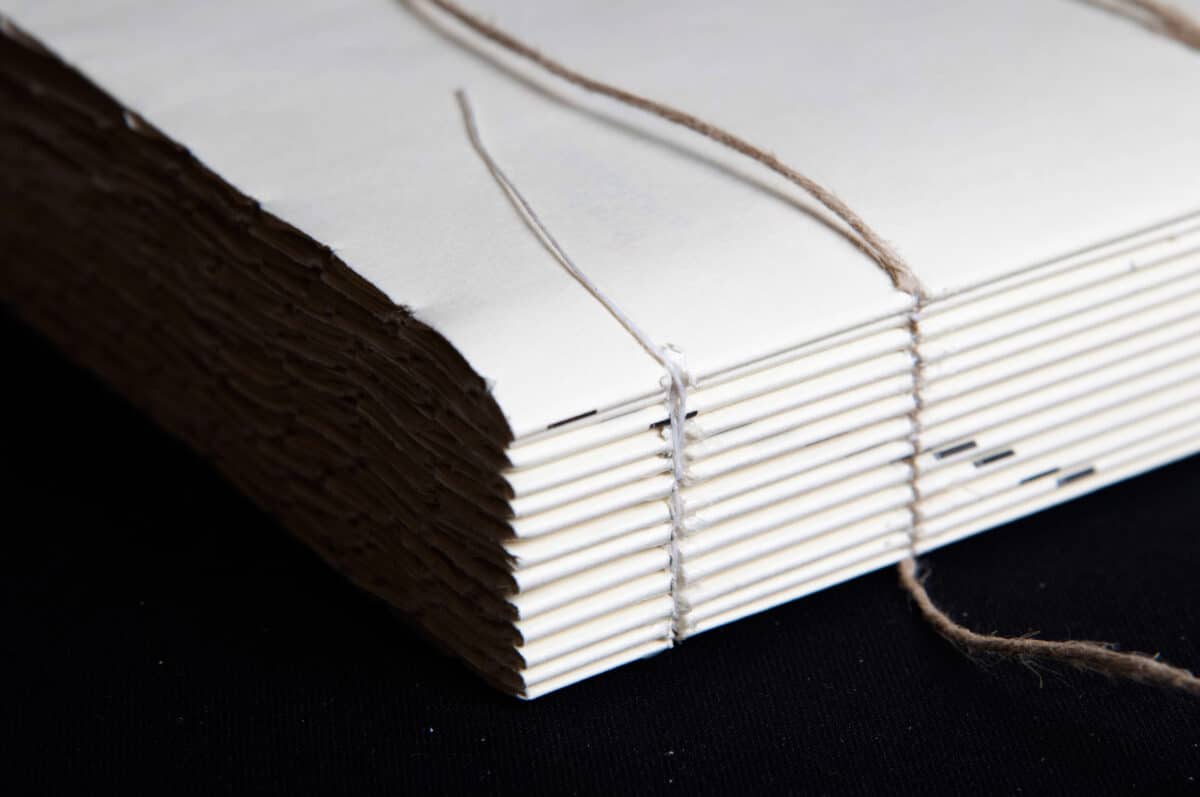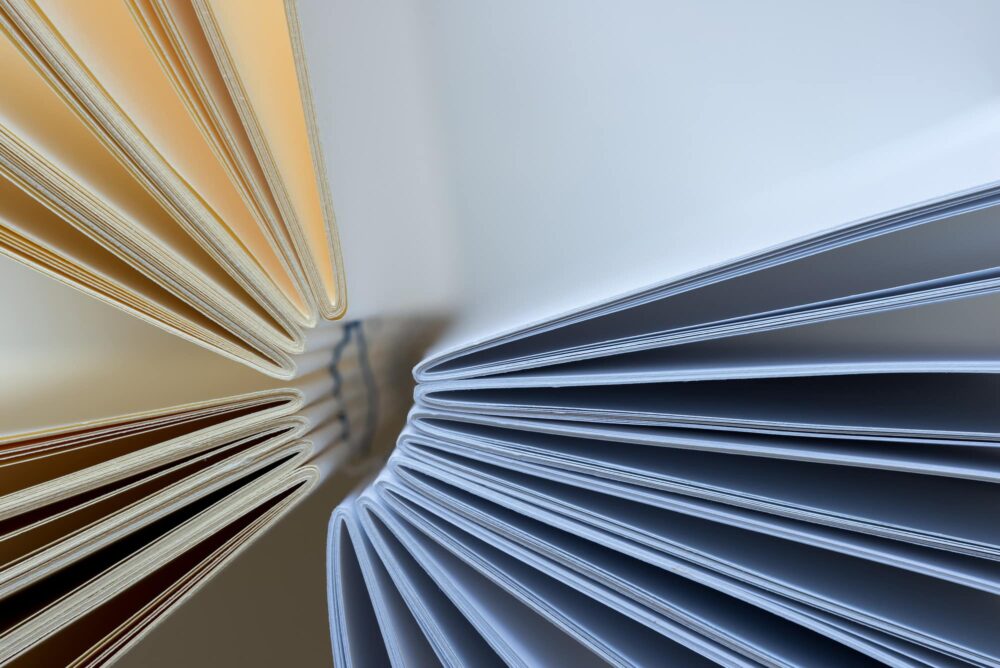Define the Purpose
Start by identifying the purpose of your book or document.
-
For internal reports or meeting notes: saddle stitching or perfect binding is affordable and practical.
-
For client presentations or product catalogs: perfect binding or hardcover better conveys professionalism.
-
For frequently referenced materials like menus or training guides: wire-o binding allows flat opening and easy flipping.
Evaluate Your Budget
Binding cost matters.
-
Saddle stitching and perfect binding are budget-friendly and ideal for large print runs.
-
Want a premium feel without breaking the bank? Try thicker cover stock with perfect binding.
-
For top-tier image and longevity, hardcover and sewn binding are worth the higher investment.
Match to Page Count
Different methods suit different page ranges:
-
Up to 48 pages: Saddle stitching
-
48–80 pages: Perfect binding
-
80+ pages: Hardcover or sewn binding
Balance Aesthetics and Durability
If your document will be flipped through often or kept long-term, durability is key.
-
Wire-o and spiral are great for notebooks and manuals.
-
Perfect binding works for most uses, but may split at the spine over time.
-
Hardcover is the most durable and visually impressive—ideal for important publications.
-
Consider lamination for added protection and extended shelf life.
Consult a Professional
Still unsure? Talk to a professional printing and binding provider. Their expertise will help match the right binding method to your specific needs.
Choosing the right binding is key to elevating your company’s documentation and reinforcing your professional image.
In addition to the binding options above, many businesses also require custom planners or notebooks. A well-crafted business diary isn’t just a tool for organization—it’s an extension of your corporate identity and values.
If you’re in need of custom printing services, feel free to contact Leatai. Leatai offers professional, efficient solutions tailored to your needs—from design consultation to final production—adding impact and polish to every document your brand presents.
📚 Further Reading:
Corporate Diary Printing & Customization Guide: A Complete Strategy to Shape Your Brand Identity







